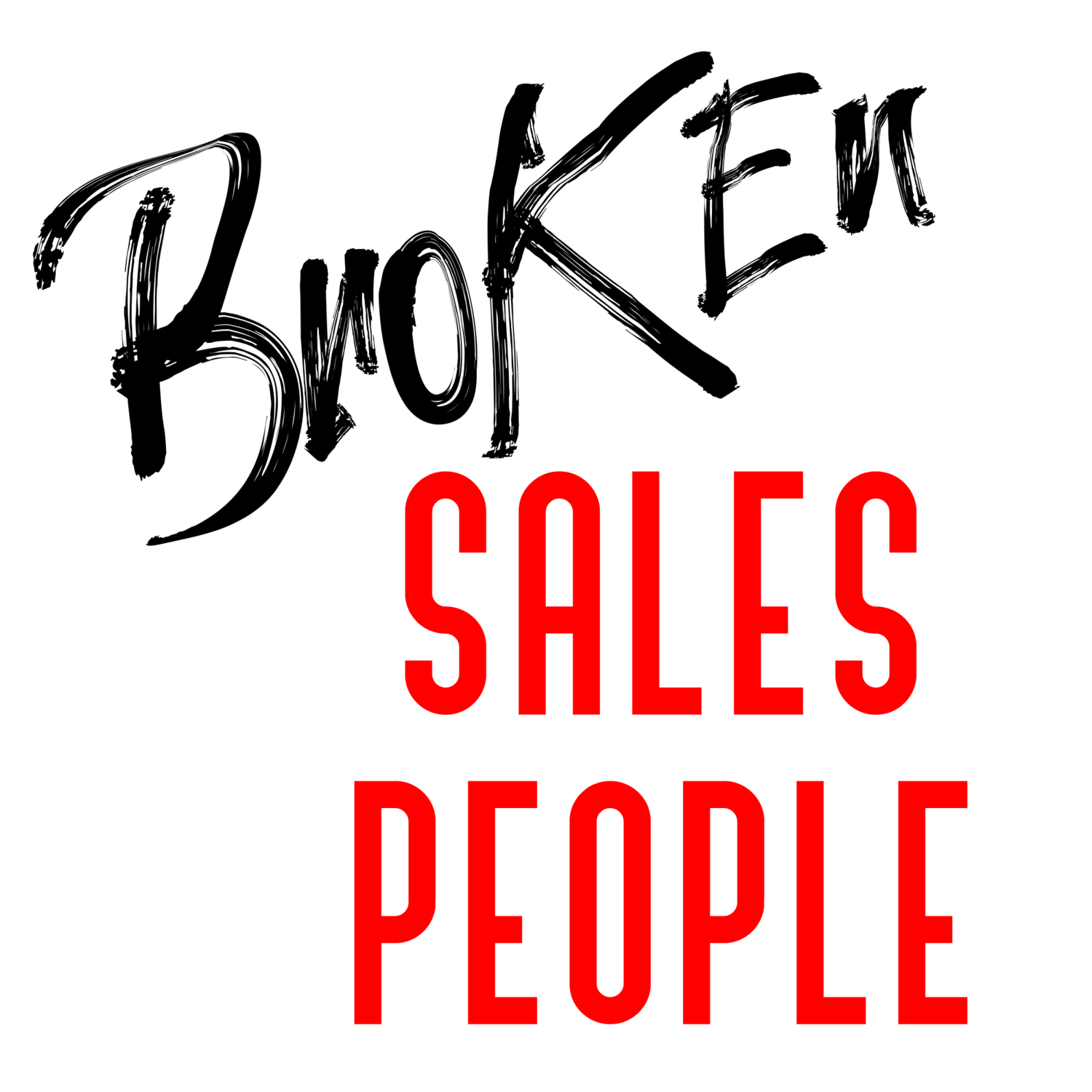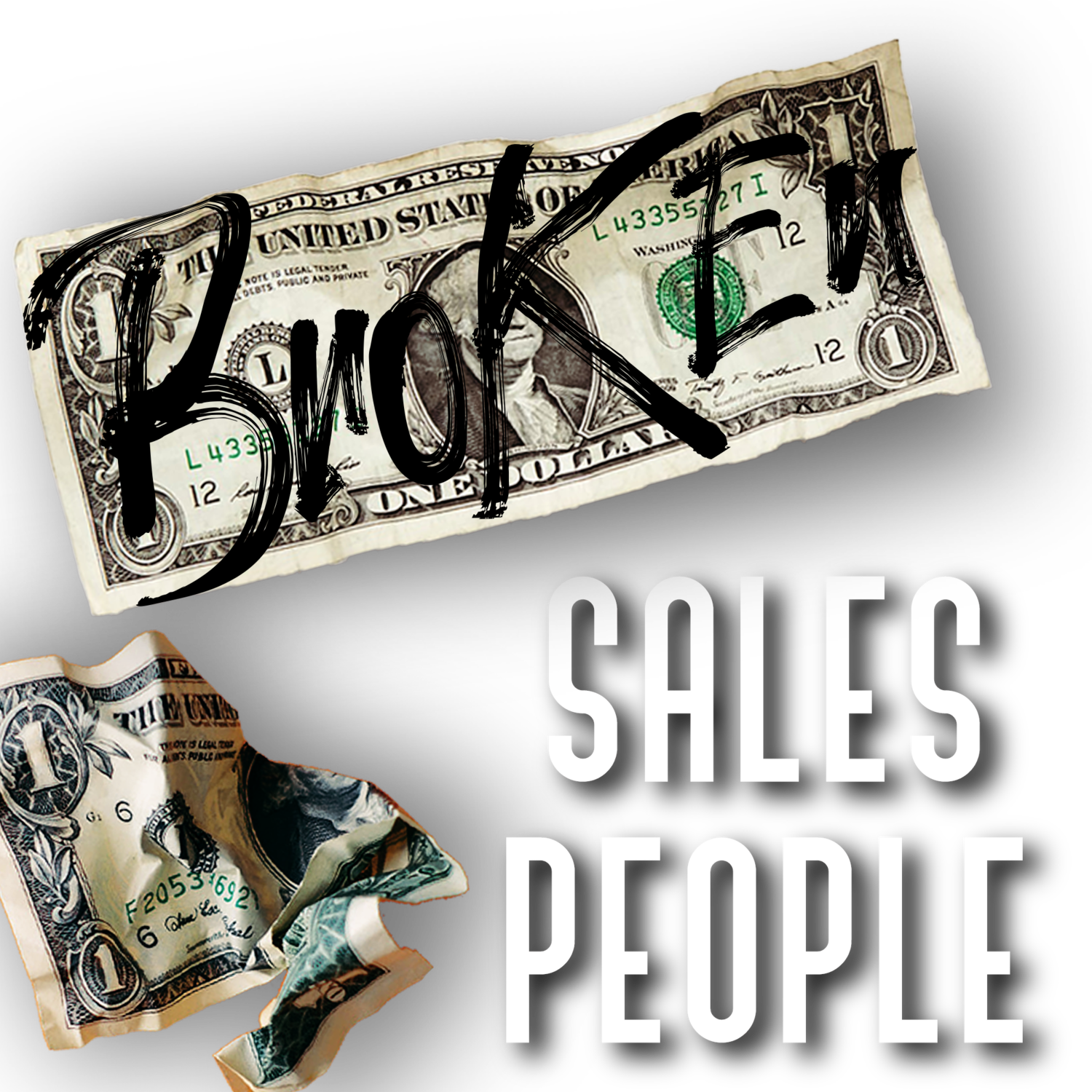The Issue with Cold Calling
OK, maybe I am just lazy and I am looking for reasons to justify it. I am sure there are people who will say that. I won’t totally discount it either. It is a distinct possibility. But cold-calling is a waste of valuable time that can be spent with better activities.
Let’s start with the obvious. People are less likely to pick up the phone than ever before. Pew Research says that 8 out of 10 people do not even pick up the phone if it is a number they do not recognize. So right off the rip, you are cutting your chance at a conversation to 20%. That does not count people who are busy, in meeting, driving, in the bathroom, dealing with screaming kids, or that have their phone on silent. BEST CASE scenario is a 1 in 5 chance they pick up the phone.
What about if you are calling consumers directly? In September 2019, Apple released iOS 13. In that, there was a feature where calls that are not already in the person’s contacts list are automatically sent to voicemail. Android users now have the same feature available. So there is a significant chance that, assuming you are calling a cell phone, their phone will never even ring. So that 20% of people willing to pick up unknown calls is likely even lower because they never did a deep dive through their phone’s settings.
Now I know some of you are saying that calling businesses are different. You almost always get an answer when you call B2B prospects. However 90% of CEOs say they “will never return to a cold-calls or emails.” So the likelihood of getting to a decision maker is still roughly the same or less through cold-calling.
So, if the average sales rep makes 40 calls per day, they have a BEST CASE SCENARIO of getting 8 people on the phone. The average is closer to 6.6 conversations per day according to Zety. That does not mean they get to pitch 7 people. Those can also be gatekeepers or people who hang up almost immediately.
This already seems pretty bleak. Now let’s give another figure. It takes an average of 209 cold calls in order to get ONE appointment according to Baylor University. Baylor also says that cold-call sales reps get one appointment per 59 LIVE conversations on average.
So let’s break down the cold-calling numbers a few different ways.
33 calls a day * 20% answer = 6 conversations/day.
59 conversations = 1 appointment = 10 days of cold calls to get a single appointment.
Ok, so assume an Sales Development Rep (SDR) can make 3 times as many calls per day as the average sales rep and are able to pick up the phone 90 times per day.
209 calls = 1 appointment
90 calls per day : 1 appointment ever 2.32 days
18.56 hour for 1 appointment.
2 appointments per week assuming 90 calls per day.
So now let’s look at the cost. Let’s assume a $15/hr wage for a 90 call/day cold caller, since it is tough to figure out commission. That is an average cost of $278.40 PER APPOINTMENT. Remember that I also nearly TRIPLED the average outbound calls that most sales reps make. The average inside sales rep only makes 33 calls/day. So that cost could easily be $750 per appointment.
Per appointment, not even per sale. This means if a inside sales rep has a 33% close ratio on appointments, selling any product through traditional cold calling for less than $1,000 will likely be sold at a loss.
Now I know what many of your are saying. There are ways you can lower these costs. You can use a multi-dialer (MojoDialer) or you can use a service that leaves automatic voicemails (Sly Dialer), but these are still not without problems. Likewise you can hire people through Upwork or similar outsourcing services where you can hire workers from other companies for $5/hr or less.
The fact is there are just better ways to sell now through things like social media, SEO and email marketing. I will dive into all of these at some point soon, but from a personal perspective, I would rather knock door to door than make cold calls. The likelihood of conversations (and appointments) is just much higher.

